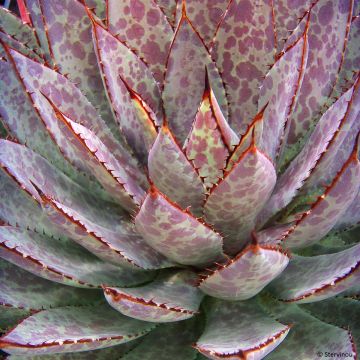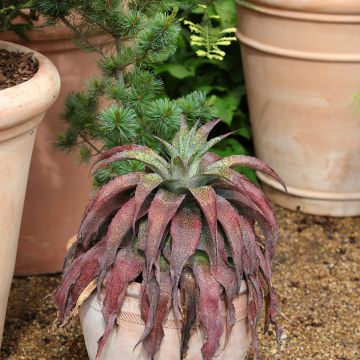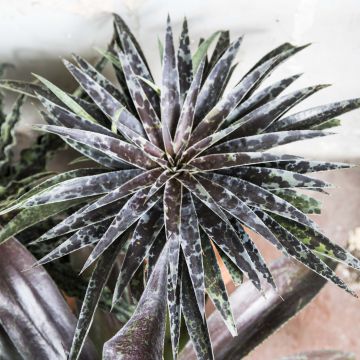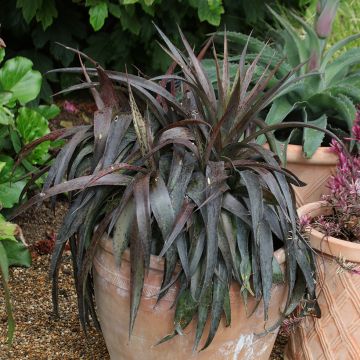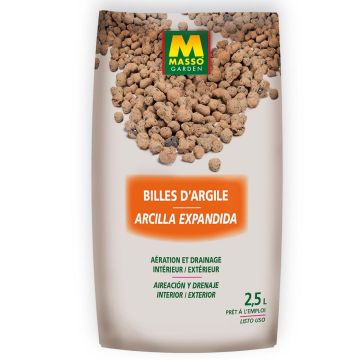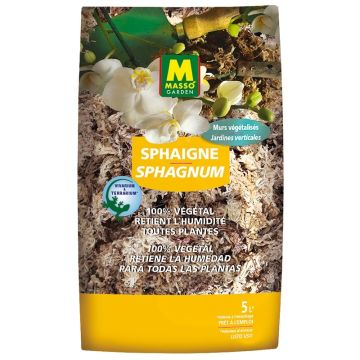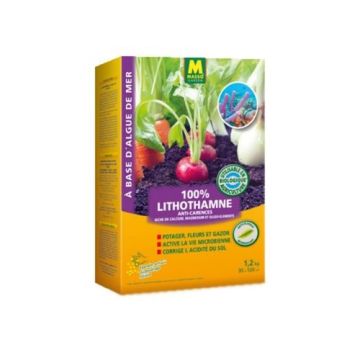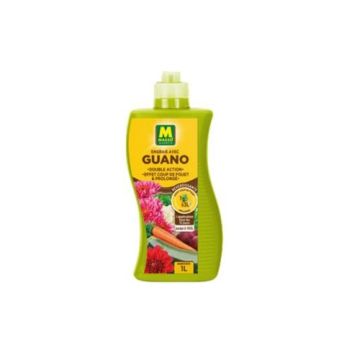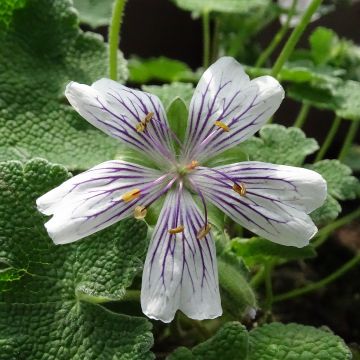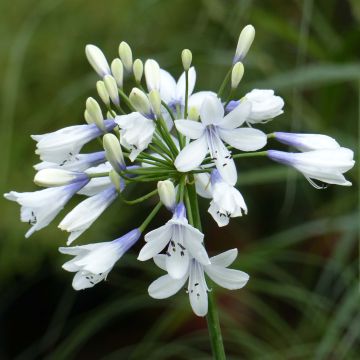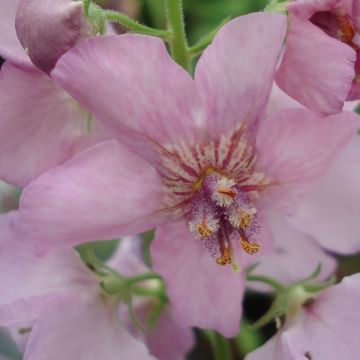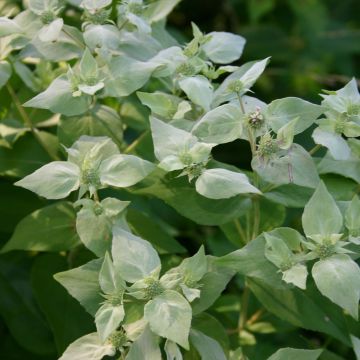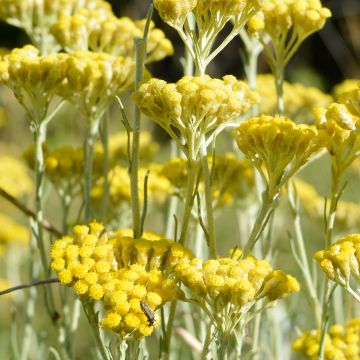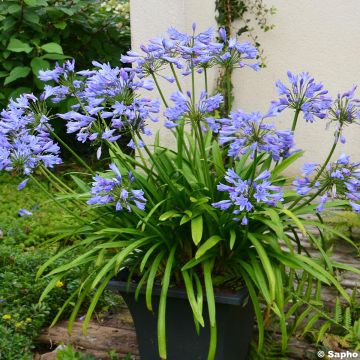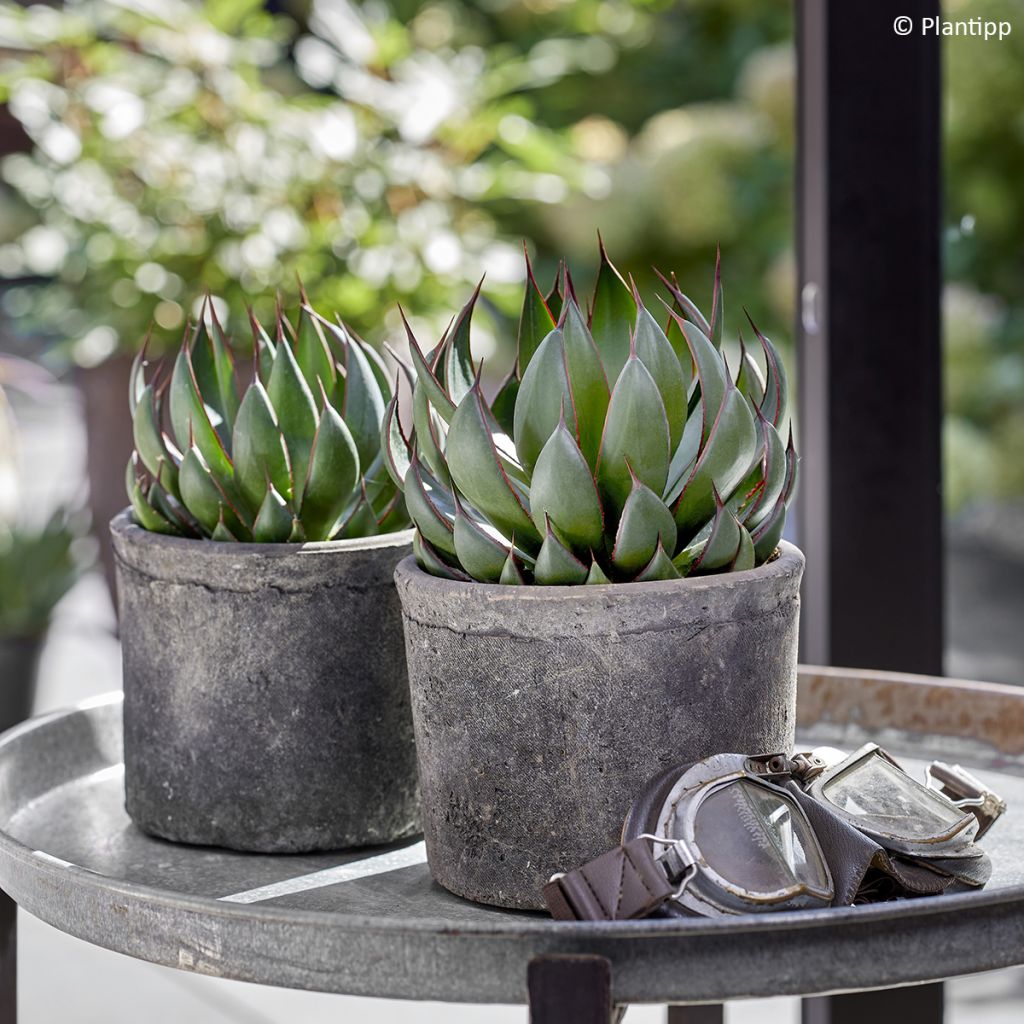

Mangave Praying Hands
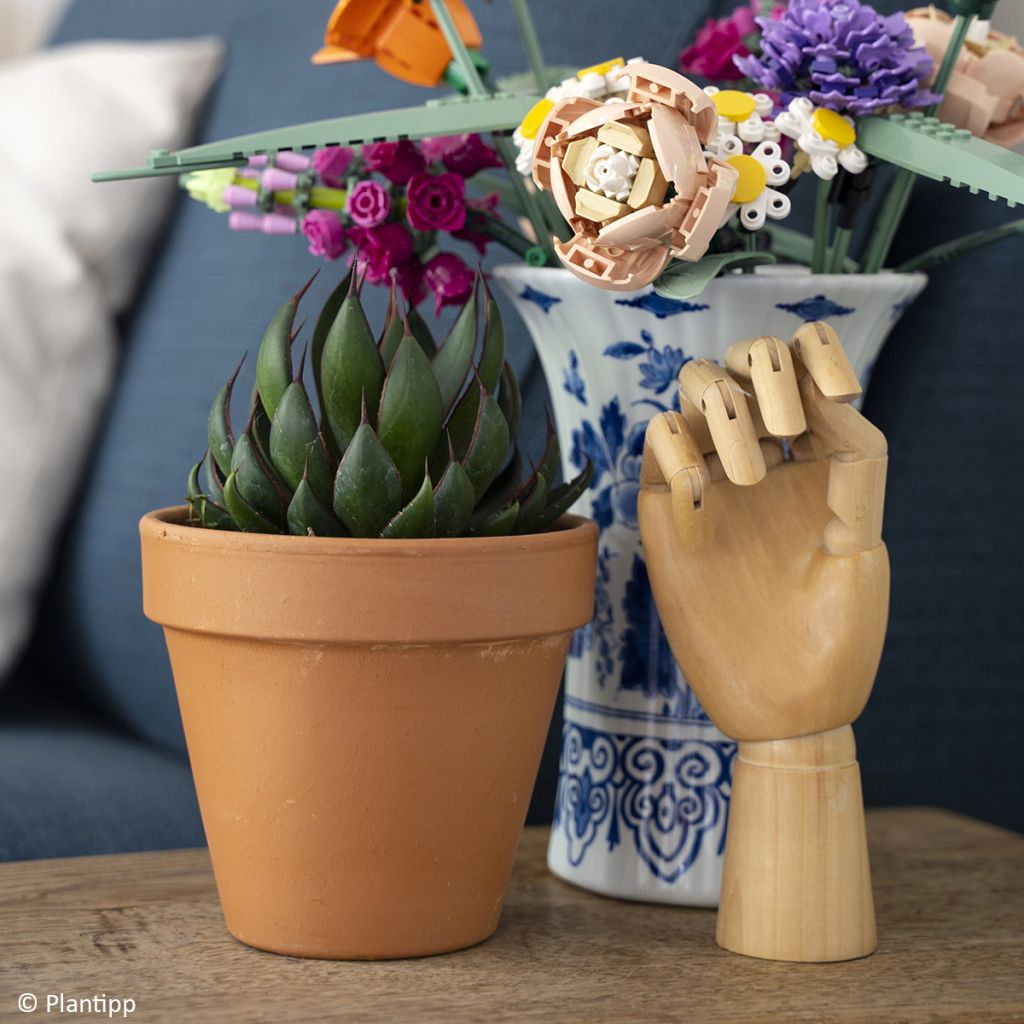

Mangave Praying Hands
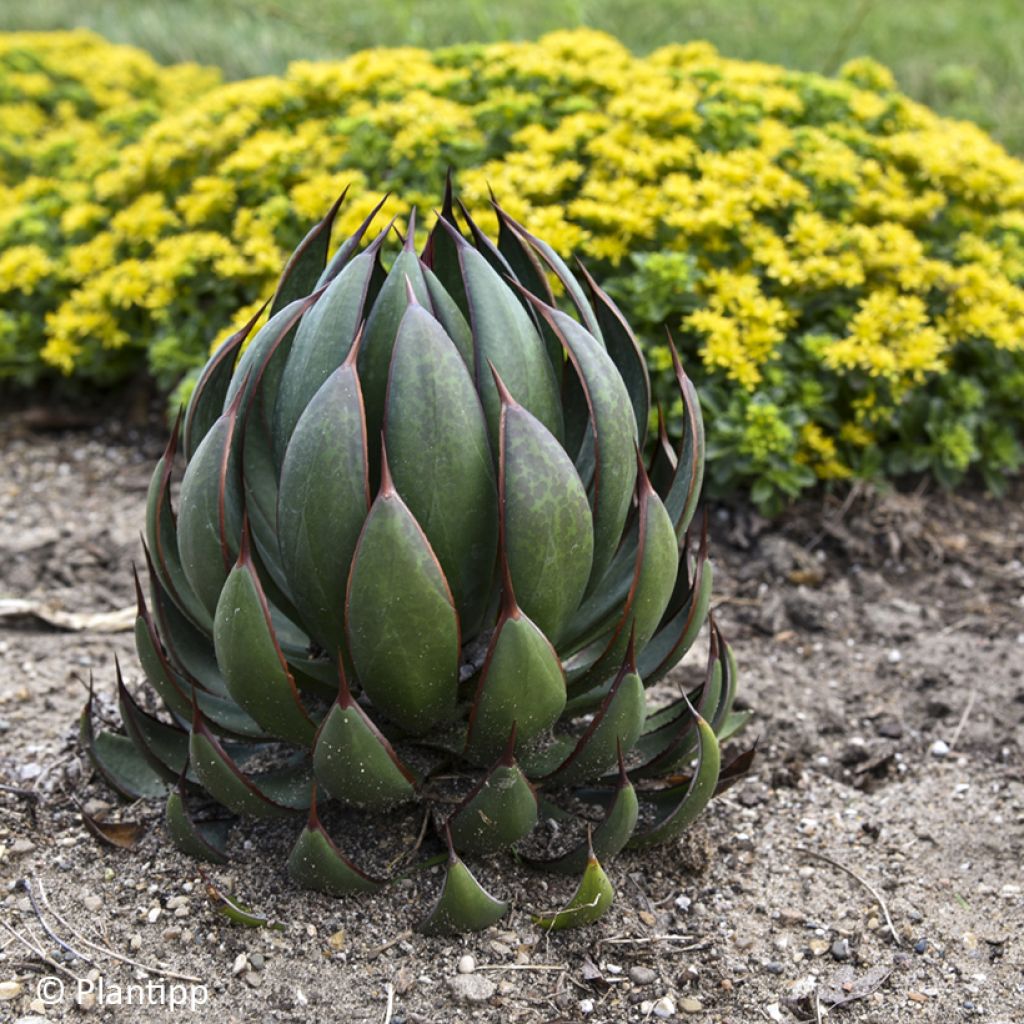

Mangave Praying Hands
Mangave Praying Hands
x Mangave Praying Hands 'PP34508'
Original plant, as described, decent quality.
MINET, 30/09/2025
Special offer!
Receive a €20 voucher for any order over €90 (excluding delivery costs, credit notes, and plastic-free options)!
1- Add your favorite plants to your cart.
2- Once you have reached €90, confirm your order (you can even choose the delivery date!).
3- As soon as your order is shipped, you will receive an email containing your voucher code, valid for 3 months (90 days).
Your voucher is unique and can only be used once, for any order with a minimum value of €20, excluding delivery costs.
Can be combined with other current offers, non-divisible and non-refundable.
Home or relay delivery (depending on size and destination)
Schedule delivery date,
and select date in basket
This plant carries a 12 months recovery warranty
More information
We guarantee the quality of our plants for a full growing cycle, and will replace at our expense any plant that fails to recover under normal climatic and planting conditions.

Would this plant suit my garden?
Set up your Plantfit profile →
Description
Mangave 'Praying Hands' is different and charming with a uniquely architectural habit. This succulent plant forms a highly geometric rosette that, instead of opening like most other varieties, reaches upwards. It somewhat resembles an artichoke, but is far more ornamental. The numerous dark green leaves curve skywards, evoking praying hands, hence its name. The reddish, tapering tip and the margins on either side of the leaf create a lovely contrast with the dark leaf blade. This botanical beauty only tolerates light frosts, limiting planting possibilities to mild regions. Elsewhere, it thrives in pots, allowing it to be sheltered during winter.
Mangave is a recent hybrid genus belonging to the Asparagaceae family, which now includes Agavaceae and other formerly distinct botanical families. Many other ornamental genera are grouped within this family, such as the evocatively shaped Beaucarnea, nicknamed "Elephant's Foot," or the popular Yucca. 'Praying Hands' was developed by breeder Hans Hansen of Walters Garden in Michigan (USA), who crossed Mangave 'Bloodspot' with Agave ocahui. This Agave, native to Mexico, is cold-resistant (down to -15°C) and, unusually, also tolerant of humidity. It forms a compact rosette of slender, pointed green leaves, traits inherited by 'Praying Hands'. This complex hybrid, however, has originality, with a darker, slightly glaucous green, accentuated by two reddish lateral margins that meet at the leaf tip to form a formidable thorn of the same colour. The rosette, which does not exceed 30 cm in any direction at maturity, has a perfectly geometric shape. The succulent leaves arch away from the centre before curving skywards and back towards the middle, mimicking two palms with curled fingers meeting. This silhouette is truly unique within this group of plants. Harmonising perfectly with any round pot, this Mangave, which only tolerates brief frosts down to -5°C, can easily be moved to a bright, cool, frost-free room or conservatory in winter. In frost-free coastal areas, it will integrate beautifully into rockeries alongside other succulent plants.
A stunning ornamental plant, Mangave thrives in full sun in the mildest coastal areas or under light shade in hot climates. Its striking form, rivalling the famous Agave victoriae-reginae, creates breathtaking rockery scenes. Pair it with contrasting silhouettes for subtle effects, such as the astonishing Cereus forbesii Spiralis, a uniquely twisted columnar cactus. Dasylirion, which forms spheres of thread-like leaves, also makes an excellent companion. For colour variations, nothing beats the rich range of Aeonium, particularly varieties with pink, red, or deep purple foliage.
The x Mangave genus is a human creation, resulting from cross-breeding between the widely cultivated Mediterranean garden genus Agave and Manfreda, a lesser-known American tuberous plant. The appeal of this intergeneric hybrid lies in producing plants with faster growth than Agaves, along with aesthetically striking variations in form and colour.
Report an error about the product description
Mangave Praying Hands in pictures
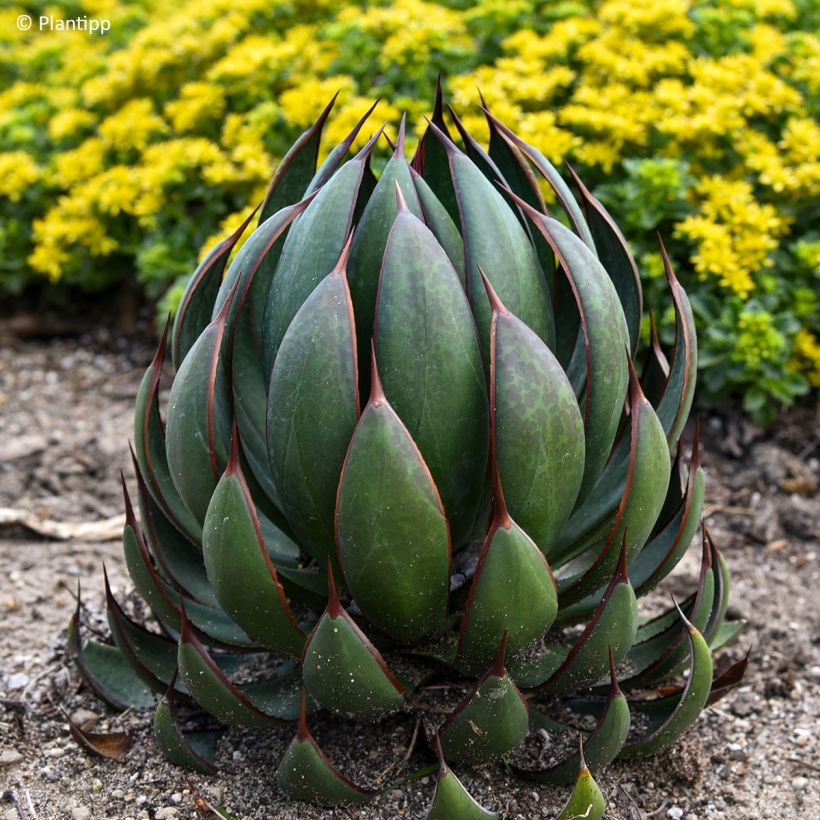



Foliage
Plant habit
Botanical data
x Mangave
Praying Hands 'PP34508'
Asparagaceae
Agave 'Praying Hands', x Mangave 'Praying Hands'
Cultivar or hybrid
Other Mangave
View all →Planting and care
Preferably, plant Mangave Praying Hands in full sun, or partial shade in the hottest and sunniest regions. Plant it in very well-draining soil, even poor, stony or sandy: it does not tolerate winter moisture and cold well, but fares slightly better with dry cold spells that are not too severe, in dry soil. Therefore, it is recommended to grow this plant in a pot in regions with a damp and cold winter. As it adapts perfectly to dry, even arid soils in summer, it can be considered for planting in a rockery or on a stony slope, in coastal gardens or mild climate areas, where frosts do not drop below -5°C at the lowest.
Given that the plant has modest growth, it can very easily be grown in a pot on a terrace or balcony, in a light substrate such as cactus compost, with particularly careful drainage, preferably in a terracotta pot. Water regularly in summer, but allow the substrate to dry out between waterings. It will then be easy to store the pot away from severe frosts and dampness, in a bright, airy space with little or no heating. Reduce or even stop watering in winter. The plant can spend the warmer season, from April to October, outdoors.
Planting period
Intended location
Care
-
, onOrder confirmed
Reply from on Promesse de fleurs
Similar products
Haven't found what you were looking for?
Hardiness is the lowest winter temperature a plant can endure without suffering serious damage or even dying. However, hardiness is affected by location (a sheltered area, such as a patio), protection (winter cover) and soil type (hardiness is improved by well-drained soil).

Photo Sharing Terms & Conditions
In order to encourage gardeners to interact and share their experiences, Promesse de fleurs offers various media enabling content to be uploaded onto its Site - in particular via the ‘Photo sharing’ module.
The User agrees to refrain from:
- Posting any content that is illegal, prejudicial, insulting, racist, inciteful to hatred, revisionist, contrary to public decency, that infringes on privacy or on the privacy rights of third parties, in particular the publicity rights of persons and goods, intellectual property rights, or the right to privacy.
- Submitting content on behalf of a third party;
- Impersonate the identity of a third party and/or publish any personal information about a third party;
In general, the User undertakes to refrain from any unethical behaviour.
All Content (in particular text, comments, files, images, photos, videos, creative works, etc.), which may be subject to property or intellectual property rights, image or other private rights, shall remain the property of the User, subject to the limited rights granted by the terms of the licence granted by Promesse de fleurs as stated below. Users are at liberty to publish or not to publish such Content on the Site, notably via the ‘Photo Sharing’ facility, and accept that this Content shall be made public and freely accessible, notably on the Internet.
Users further acknowledge, undertake to have ,and guarantee that they hold all necessary rights and permissions to publish such material on the Site, in particular with regard to the legislation in force pertaining to any privacy, property, intellectual property, image, or contractual rights, or rights of any other nature. By publishing such Content on the Site, Users acknowledge accepting full liability as publishers of the Content within the meaning of the law, and grant Promesse de fleurs, free of charge, an inclusive, worldwide licence for the said Content for the entire duration of its publication, including all reproduction, representation, up/downloading, displaying, performing, transmission, and storage rights.
Users also grant permission for their name to be linked to the Content and accept that this link may not always be made available.
By engaging in posting material, Users consent to their Content becoming automatically accessible on the Internet, in particular on other sites and/or blogs and/or web pages of the Promesse de fleurs site, including in particular social pages and the Promesse de fleurs catalogue.
Users may secure the removal of entrusted content free of charge by issuing a simple request via our contact form.
The flowering period indicated on our website applies to countries and regions located in USDA zone 8 (France, the United Kingdom, Ireland, the Netherlands, etc.)
It will vary according to where you live:
- In zones 9 to 10 (Italy, Spain, Greece, etc.), flowering will occur about 2 to 4 weeks earlier.
- In zones 6 to 7 (Germany, Poland, Slovenia, and lower mountainous regions), flowering will be delayed by 2 to 3 weeks.
- In zone 5 (Central Europe, Scandinavia), blooming will be delayed by 3 to 5 weeks.
In temperate climates, pruning of spring-flowering shrubs (forsythia, spireas, etc.) should be done just after flowering.
Pruning of summer-flowering shrubs (Indian Lilac, Perovskia, etc.) can be done in winter or spring.
In cold regions as well as with frost-sensitive plants, avoid pruning too early when severe frosts may still occur.
The planting period indicated on our website applies to countries and regions located in USDA zone 8 (France, United Kingdom, Ireland, Netherlands).
It will vary according to where you live:
- In Mediterranean zones (Marseille, Madrid, Milan, etc.), autumn and winter are the best planting periods.
- In continental zones (Strasbourg, Munich, Vienna, etc.), delay planting by 2 to 3 weeks in spring and bring it forward by 2 to 4 weeks in autumn.
- In mountainous regions (the Alps, Pyrenees, Carpathians, etc.), it is best to plant in late spring (May-June) or late summer (August-September).
The harvesting period indicated on our website applies to countries and regions in USDA zone 8 (France, England, Ireland, the Netherlands).
In colder areas (Scandinavia, Poland, Austria...) fruit and vegetable harvests are likely to be delayed by 3-4 weeks.
In warmer areas (Italy, Spain, Greece, etc.), harvesting will probably take place earlier, depending on weather conditions.
The sowing periods indicated on our website apply to countries and regions within USDA Zone 8 (France, UK, Ireland, Netherlands).
In colder areas (Scandinavia, Poland, Austria...), delay any outdoor sowing by 3-4 weeks, or sow under glass.
In warmer climes (Italy, Spain, Greece, etc.), bring outdoor sowing forward by a few weeks.































